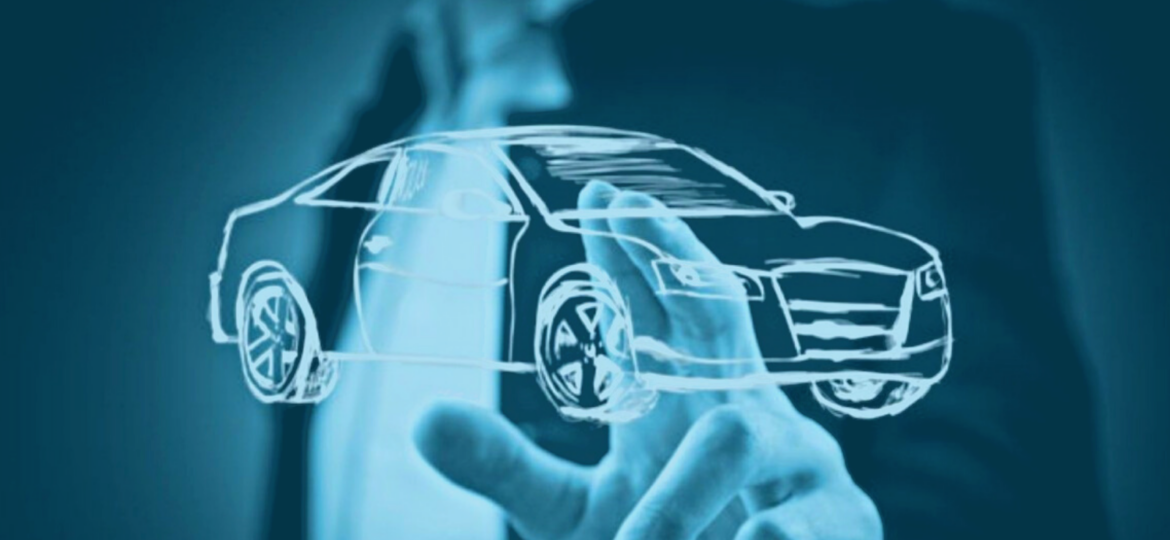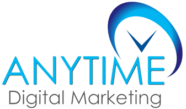
Automotive digital marketing trends for dealers will be growing with new strategies in 2023. According to eMarketer, automotive digital marketing is expected to reach $26.62 billion by 2023. Therefore, it’s important for automotive businesses to look for ways to stand out from the competition and capture more leads. Here is what can we expect in terms of automotive digital marketing in the next year?
What is digital marketing and why does the automotive industry need it
Digital marketing is the process of using online channels to promote and sell products or services. it is estimated that nearly all car buyers will be using digital channels to research and purchase vehicles. This shift has already begun, and dealerships that have not adapted their digital marketing strategies are at risk of being left behind. There are a number of reasons why digital marketing is so important for the automotive industry. First, it allows businesses to reach a larger audience than traditional marketing methods. Second, digital marketing is highly efficient and cost-effective. Finally, digital marketing provides businesses with valuable data that can be used to improve their marketing strategies.
Automotive Digital Trends and Predictions for 2023
As digital marketing evolves, so does the automotive industry. In recent years, we’ve seen a shift from traditional marketing methods to digital ones. This trend is only going to continue in the years to come. Here are 15 digital marketing trends and predictions for the automotive industry in 2023:
Vehicle Personalization
The Use of Artificial Intelligence (AI)
Automotive digital marketing is set to undergo a major shift in the next few years. And, artificial intelligence (AI) will be playing an increasingly important role. Auto dealers that are able to embrace and make use of AI in their marketing strategy will be well-positioned to take advantage of this shift and increase sales.
Virtual & Augmented Reality
Recently, automotive companies have started to explore using augmented reality (AR) and virtual reality (VR) technology in their marketing. This gives potential customers a realistic experience of what it would be like to drive one of their cars. For example, the use of AR and VR allows customers to get a sense of what it would be like to sit in the driver’s seat. In addition, feel the car’s acceleration, and see the view from behind the wheel.
Chatbots
Data Analytics
Omnichannel
Omnichannel automotive digital marketing is about using multiple channels to reach consumers at every touchpoint. This could include anything from search engine optimization (SEO) and paid search ads to social media outreach and email marketing. The goal is to provide a consistent, cohesive experience across all channels.
Social Media
in recent years, there has been a shift towards digital marketing, and social media has emerged as a powerful tool for automotive companies. For instance, they can connect with a wider audience, build relationships with potential customers, and promote their brand. Additionally, social media marketing allows automotive companies to run targeted ads, which can be an effective way to reach potential customers.
Location-Based Marketing
Use of Influencers
Many dealerships are now using influencers to promote their vehicles. Influencers are social media users with a large following who can generate buzz and drive traffic to a dealership’s website or social media page. For example, one popular automotive influencer is Brian Scotto, the host of the popular automotive YouTube show /DRIVE. By featuring vehicles on his show and promoting them on his social media channels, Brian is able to generate a lot of interest in the cars he drives. As a result, many dealerships are now willing to pay him for promotion.
Video Content
Video content will play a key role in automotive marketing in 2023. We’ll see more engaging videos that tell stories and highlight a company’s values. These videos will be used to reach potential customers on various platforms, including social media and automotive websites. Some examples of automotive video content include product demonstration videos, educational videos about vehicle features and maintenance. In addition, testimonial videos from satisfied customers. This content can be used to reach potential customers on various platforms, including social media and websites.
Pay-Per-Click Advertising
It’s no secret that automotive companies are some of the biggest spenders on digital marketing. In fact, automotive is one of the few industries where paid advertising still dominates over organic traffic. And it’s not just the big brands; even small and medium-sized businesses are allocating a significant portion of their marketing budgets to paid search.
One of the main reasons automotive companies continue to invest in paid search is because it’s an extremely effective way to reach consumers who are in the market for a new car. Unlike other forms of digital marketing, such as display advertising or social media, paid search allows automotive companies to target consumers who are actively searching for a new vehicle. As a result, they’re much more likely to convert into paying customers.
Another reason why automotive companies will continue to invest in paid search is because it offers them a level of control and flexibility that other digital marketing channels simply can’t match. automotive companies can choose exactly which keywords they want to target, and they can adjust their bids based on how competitive those keywords are. They can also set up negative keywords to ensure that their ads only appear in front of relevant searchers. And finally, they can track their results with detailed metrics so that they can constantly improve their campaigns.
Email Marketing
Automotive companies have long used email marketing to stay in touch with leads and customers, and this trend is expected to continue in 2023. However, we’ll see more companies using automation tools to send personalized messages at scale. Automation tools make it easy to segment your audience and send highly personalized messages. For example, you can create a campaign that automatically sends a follow-up message to anyone who schedules a test drive. Or you can set up a series of automated emails that introduce a new customer to your service department.
Customer Experience
In 2023, customer experience will be king, and auto dealerships will need to find ways to enhance it. With the rise of electric and autonomous vehicles, the automotive market will be vastly different than it is today. Along with these changes, the way customers interact with and purchase vehicles will also change. In order to stay ahead of the curve, auto dealerships must start preparing now for the customer experience of tomorrow.
One way dealerships can do this is by enhancing their digital marketing efforts. In a world where customers are increasingly reliant on technology, it’s critical that dealerships have a strong online presence. This means having an up-to-date website, active social media accounts, and effective digital advertising campaigns. Additionally, dealerships should make use of data-driven marketing techniques to better target their audience and personalize the customer experience.
OTT Advertising
Content Marketing
Content marketing is a process that includes curating and creating content that can be shared across digital channels such as websites, blogs and social media. The main focus when creating automotive-related content should be providing useful and helpful facts about car parts, models or the automotive industry in general. If done correctly, auto dealers should benefit from this type of customer-focused content. Therefore, providing content by answering customer questions or featuring informational videos are all types of ways to engage with their audience.

